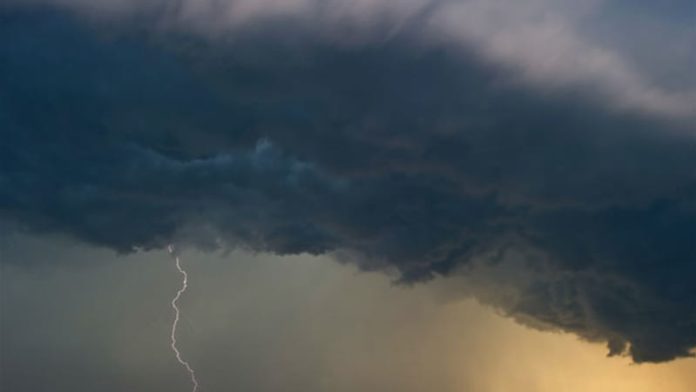
A SURGING chrome price softened the impact of heavy rainfall for Tharisa which resulted in lower production of its co-product platinum group metals (PGM).
Commenting in its interim results today, the chrome and PGM producer said the average chrome price of $247 per ton was 41.1% higher year-on-year owing to a recovery in China, its main customer. In rands, the realised price was 64.3% higher owing to rand weakening.
This offset lower PGM output, down 16% to 76,000 ounces which combined with a significant 14% decline in the PGM basket price although, again, rand depreciation resulted in the realised price for the precious metals falling a marginal 1.6%.
The outcome for Tharisa in the six months ended March was a 27% year-on-year decline in Ebitda to $81.2m Share earnings fell 46.8% to 17.4 US cents a share while headline share earnings of 17.6 cents a share were 13.5% lower. The company declared an interim dividend of three US cents per share for the period.
The impact of the first quarter’s rain resulted in a 10% lowering its previous full year production guidance to end-September of 175,000 to 185,000 oz of PGMs and 1.75 to 1.85 million tons of chrome concentrate, as announced in April.
Tharisa CEO Phoevos Pouroulis struck an upbeat note however. In comments to the interim announcement, he forecast strong PGM prices – citing analyst predictions for South African supply of only four million oz this year – partly owing to supply shortages. Refined production from South Africa is expected to remain constrained, especially as the state-owned Eskom warned of higher load curtailment this winter.
In addition, the European Union’s planned tigher emission controls on gasolene and diesel powered engines, which would require higher loadings of PGMs in autocatalysts, could see manufacturers increasing stockpiles pre-emptively.
Pouroulis said the firm’s co-production of chrome and PGMs provided counter-cyclicality. This helped not just as rainfall affected PGM production but also in the face of logistics constraints in South Africa.
Tharisa was especially bullish on the outlook for chrome. Chinese stockpiles were at “historically low levels” while supply constraints among competitors would “remain an issue for a significant time to come, emphasising our view on continued strong pricing and ongoing tight supply-demand fundamentals,” the company’s commentary read.
Tharisa appointed a contractor to help it catch up on the removal of waste as it sought out saleable ore from the Tharisa mine open pit. The heavy rains in the first quarter compounded waste removal problems. As a result Tharisa supplemented its ore feed with stockpiled and third party marterial.
After capitalising (deferring) the cost of higher waste stripping – as it was above the projected life of mine stripping ratio – cash costs increased 4.6% to $48.2 per ton.
Cash costs were 5.9% higher at $53.4 per ton including the cost of purchased ore and deferred stripping cost.
Tharisa ended the six month period with cash and cash equivalents of $205.7m and net cash of $112.7m.









